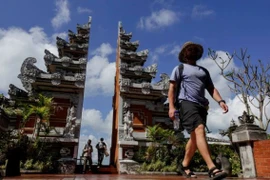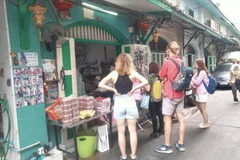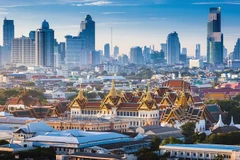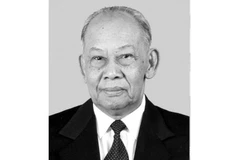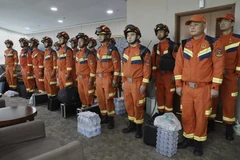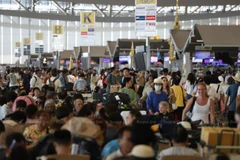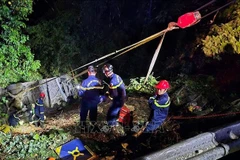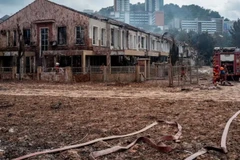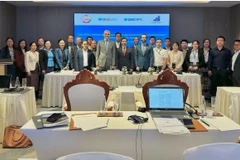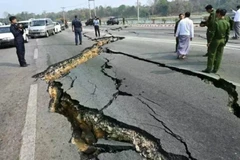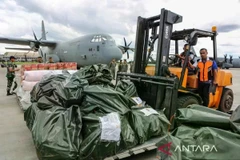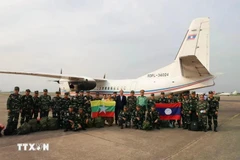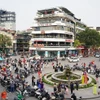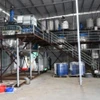During a working session with Tourism and CreativeEconomy Ministry Secretary Ni Wayan Giri Adnyani on September 25, Bali actinggovernor Mahendra Jaya said Bali will use the revenue from the tourist tax for thepurposes, adding that the tourism activities in Bali have resulted in waste pilingup on the resort island.
Meanwhile, cultural preservation is another important part of Bali tourismsince culture is the backbone of tourism to the island, he said.
With the improvement of waste management and cultural preservation programsbecause of the additional funding from the tourist tax, Bali can maintain itsstatus as a world-class tourist destination for its environment and culture,the Bali acting governor stressed.
The island’s administration had previously canceled a plan toimpose a 10 USD tax on foreign tourists. The initial plan, which was announcedin 2019, could not be implemented, in part because of legal reasons.
In July, the Bali administration said the tax scheme will becarried out from 2024.
According to the Bali provincial administration data, at least 3.4 millionforeign tourists visited Bali as of August this year, with Australians beingthe largest tourist group in Bali. The administration expects to welcome atotal of 5.5 million foreign tourists to Bali by the end of this year.
In late May, the Bali administration announced a set of dosand don’ts for tourists following a string of incidents in which touristsdisrespected Bali’s predominantly Hindu culture. Some expectations of touristsinclude respect for the sanctity of temples, religious effigies and symbols,wearing appropriate clothing in public areas and polite behavior in public. Thetourists are forbidden from climbing sacred trees, performing actions thatdesecrate sanctified places or religious symbols and from entering the mainpart of temples, unless they are praying./.


